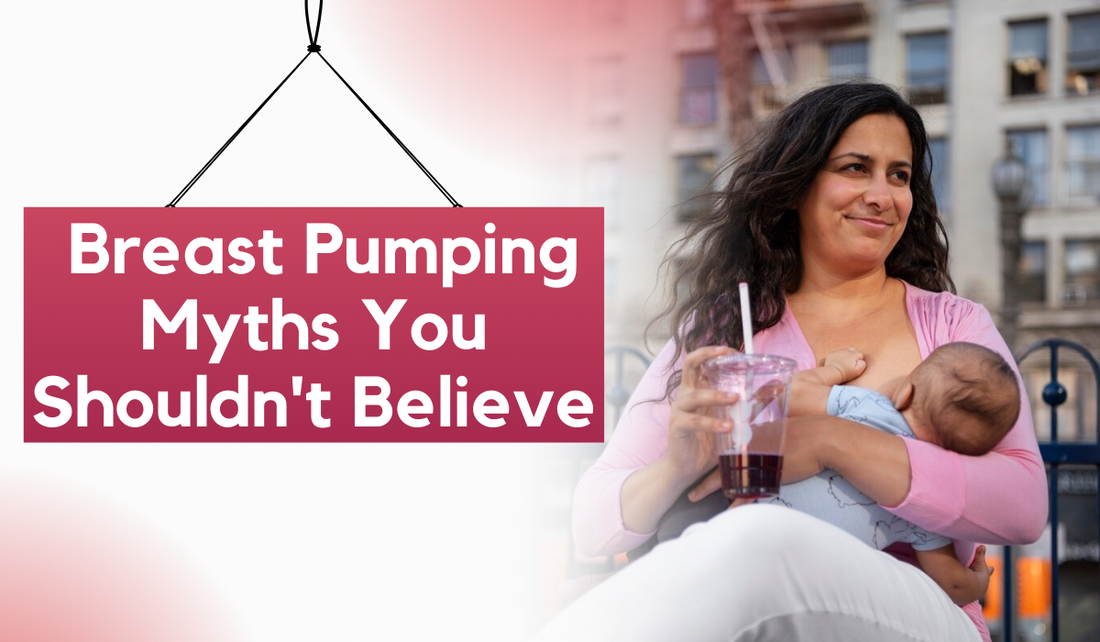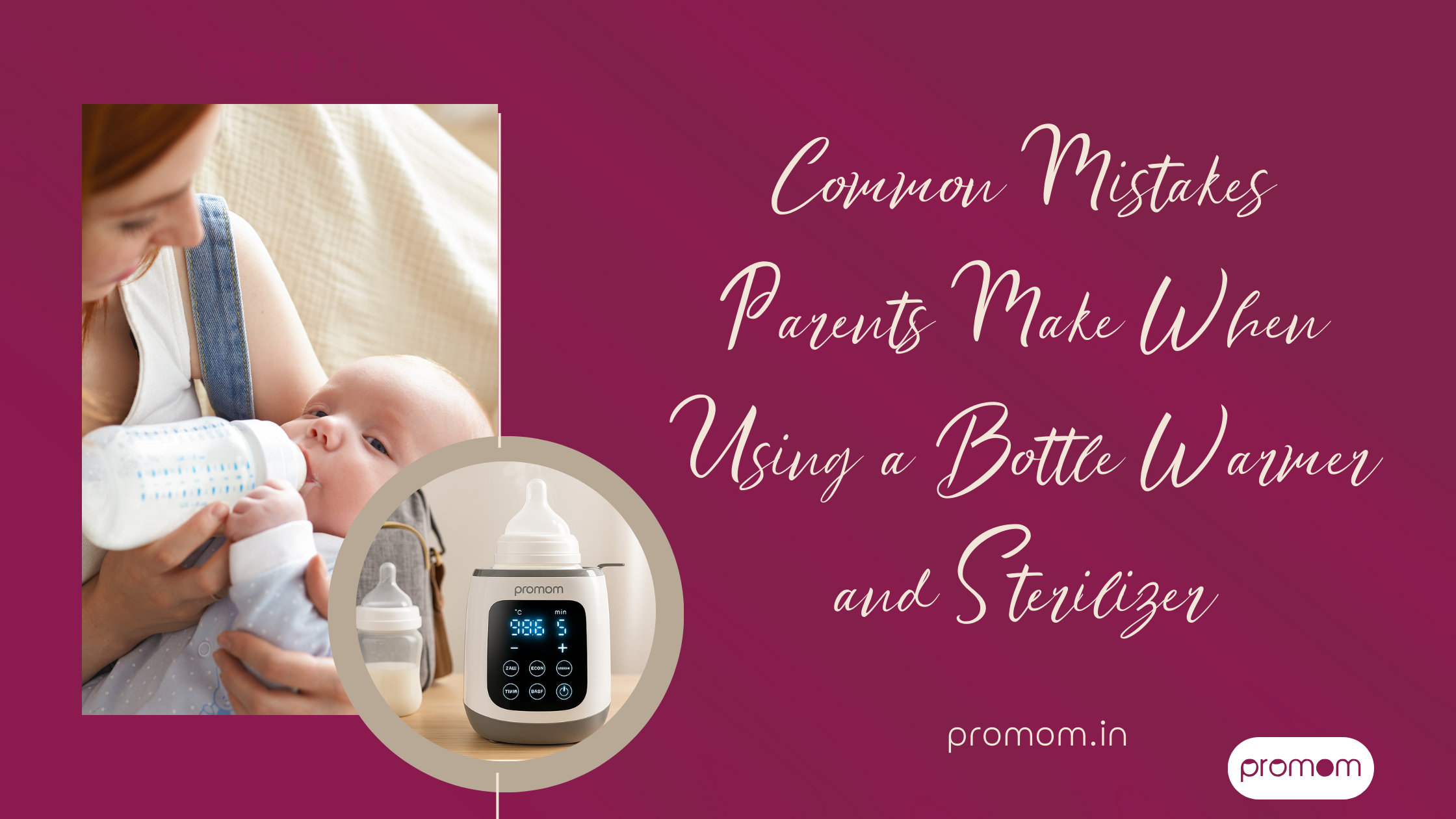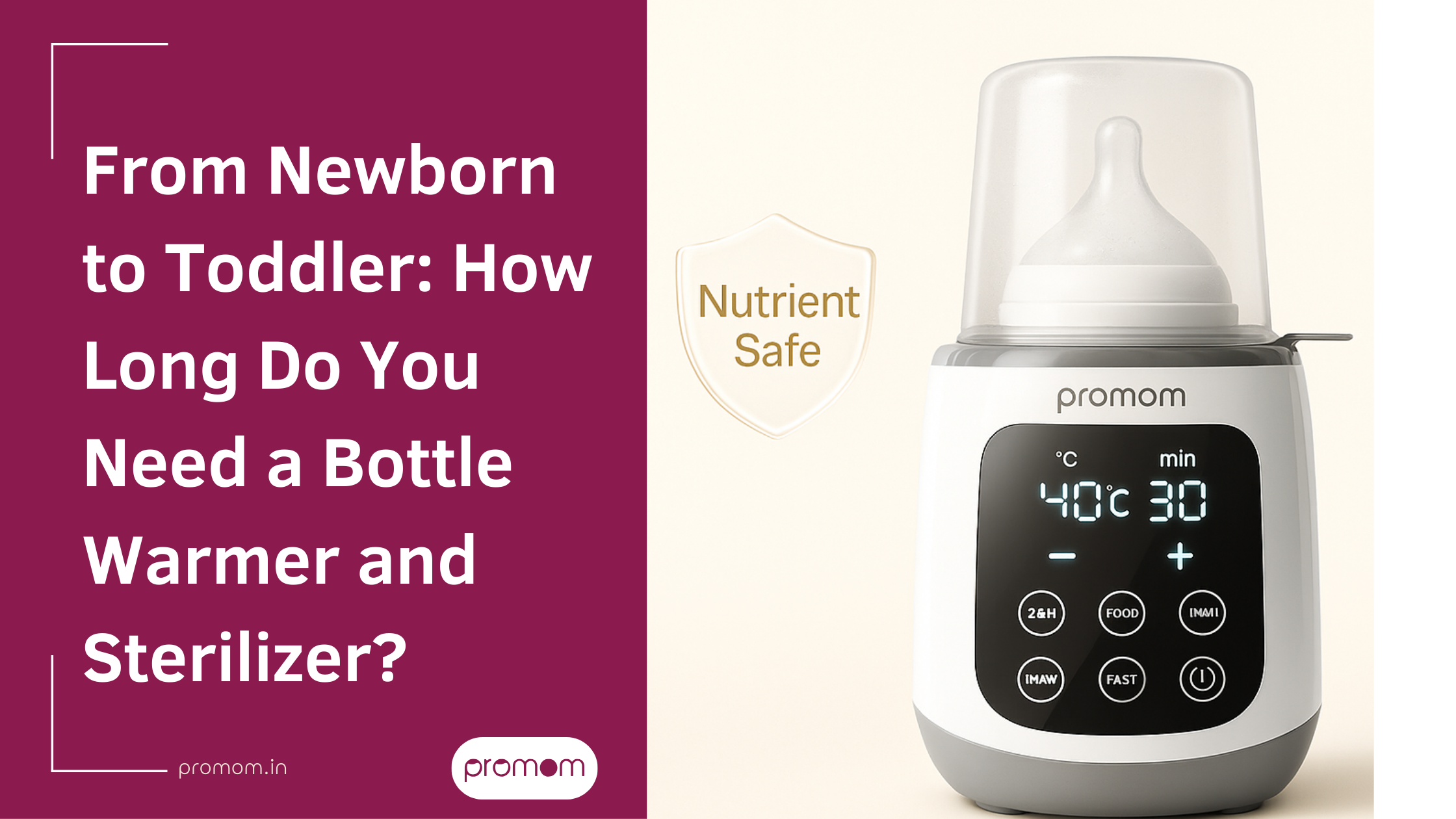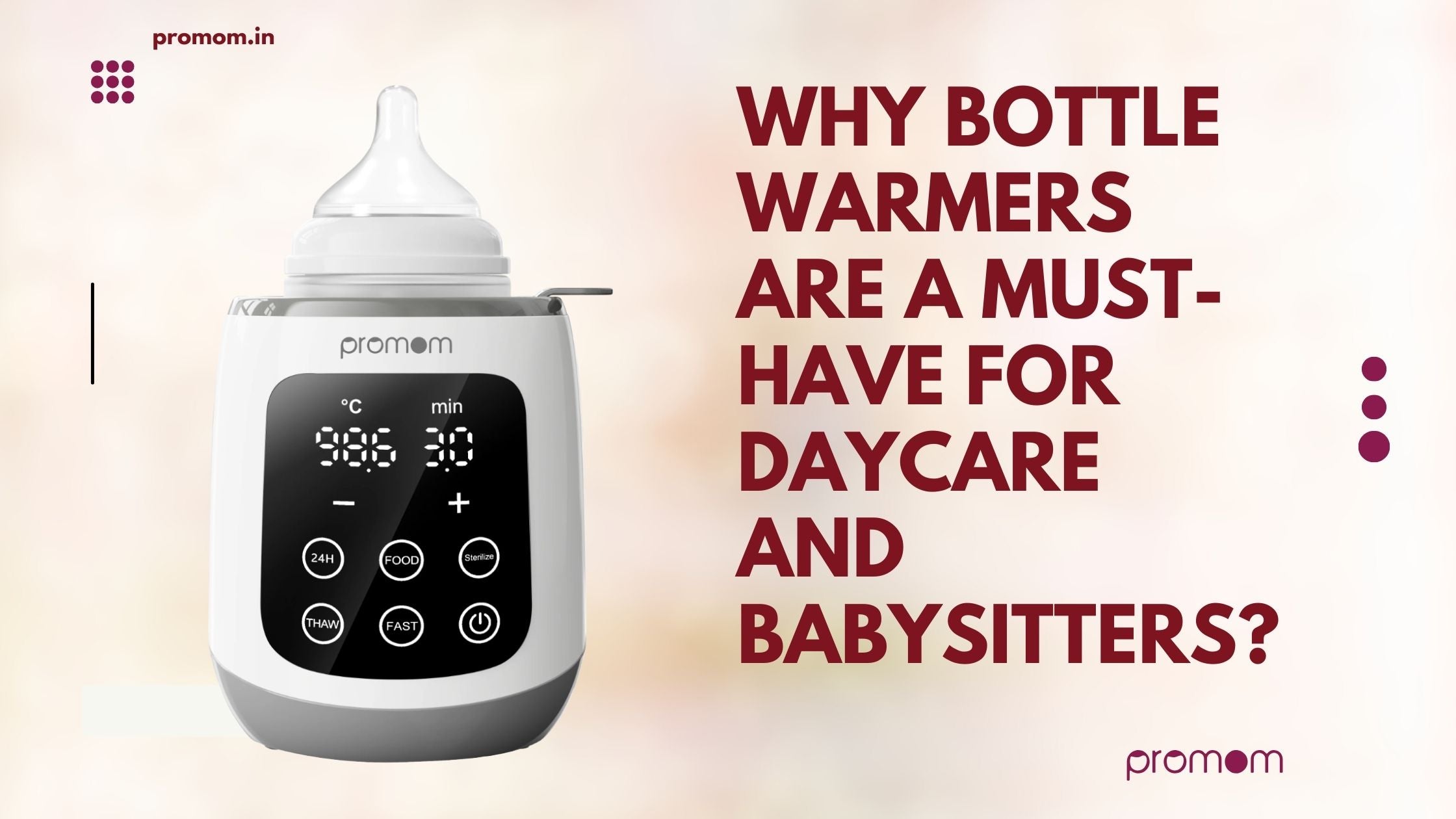
Breast Pumping Myths You Shouldn't Believe
Expressing breast milk is something most lactating mothers use and it allows them to continue breastfeeding even when they cannot directly feed their baby. But it’s very important and at the same time, it is accompanied with a lot of misconceptions that create confusion regarding the issue. Armoring oneself with facts about breast pumping may help mothers make the best feeding decisions for their babies. It’s time to demystify some pervasive myths about breast pumping and focus on the information you truly should consider with Promom.
Myth 1: Breastfeeding Is Only Required When You Go Back to Work
Some people think breast pumping is only helpful for women who will go back to work. We know that pumping can surely support working mothers delivering breast milk while at work, yet it is useful in quite other manners as well beyond working contexts.
Myth 2: Pumping Gives Low Milk Supply
It is possible to distinguish a widespread myth, according to which breast pumping leads to a decrease in milk production. Such a misconception can make mothers avoid pumping for fear that doing so may hinder their ability to breastfeed their babies. The truth is that breast milk production works on a supply-and-demand system: the more your body receives information to provide milk, the more it will produce it. Expressing at regular intervals assists in the production of breast milk in the same way it is produced for a baby, and can therefore either improve or sustain supply.
Myth 3: Expressed Breast Milk Is Not As Nutritious
Some surprises that expressed breast milk is perhaps not as healthful or useful as milk sucked directly from the breast. Many women probably thought that if they would pump their breasts, the breast milk that they produce would also change, but it does not. These include pumped or even directly fed breast milk that still contains the necessary nutrients, antibodies, and other value to your baby.
However, for pumped milk to maintain its nutritional value and quality it needs to be handled and stored properly. Only use clean containers, label stored milk and keep it in fridges or freezers for no longer than 2-4 hours. By following these steps, it will be possible to provide your baby with milk containing all the nutrients in first, second or subsequent feedings: whether given from the pump or straight from the breast.
Myth 4: Pumping Hurts
Pumping should not be associated with pains. If it is, there can be trouble that something is wrong. Pain during pumping is usually attributed to the wrong size of a flange, wrong suction settings or wrong position of the pump. Pumping is comfortable only when you get the right settings and fit to suit your body. If you are still not clear, it is always good to seek the guidance of a lactation consultant and have your pumping schedule be as right and as comfortable as possible as well.
Myth 5: Pumping Will Reduce Breastfeeding
Some mothers believe that delivery of a pump will result in a cessation of breastfeeding. But pumping does not have to take the place of breastfeeding if that is not something that you wish to do. However, most of these mothers practice both methods successfully to bring it to reality. Expressing can enable others to join in the feeding while the mom can still continue giving breast milk exclusively.
Also, pumping might help the cases where the parents cannot correctly position the baby at the correct latch or where the mother feels uncomfortable while breastfeeding. Through using the breast pump and offering the baby with expressed breast milk, the mother is freed from the direct breastfeeding process and on the same note the baby does not have to leave breast milk.
Myth 6: Mothers Can’t Bond With Baby if They Pump
Certain moms are concerned that pumping will interfere with the bonding procedure because they equate bonding with holding the child while breastfeeding. However, feeding your baby directly from the breast, feeding him or her from a bottle with expressed breast milk, or giving him or her formula is only one part of the baby-feeding relationship. Talking to, making eye contact with, holding, and cuddling your baby during feeding are some of the ways which help you bond closely. Expressing enables others to feed the baby while still providing them with breast milk as opposed to formula feeding.


